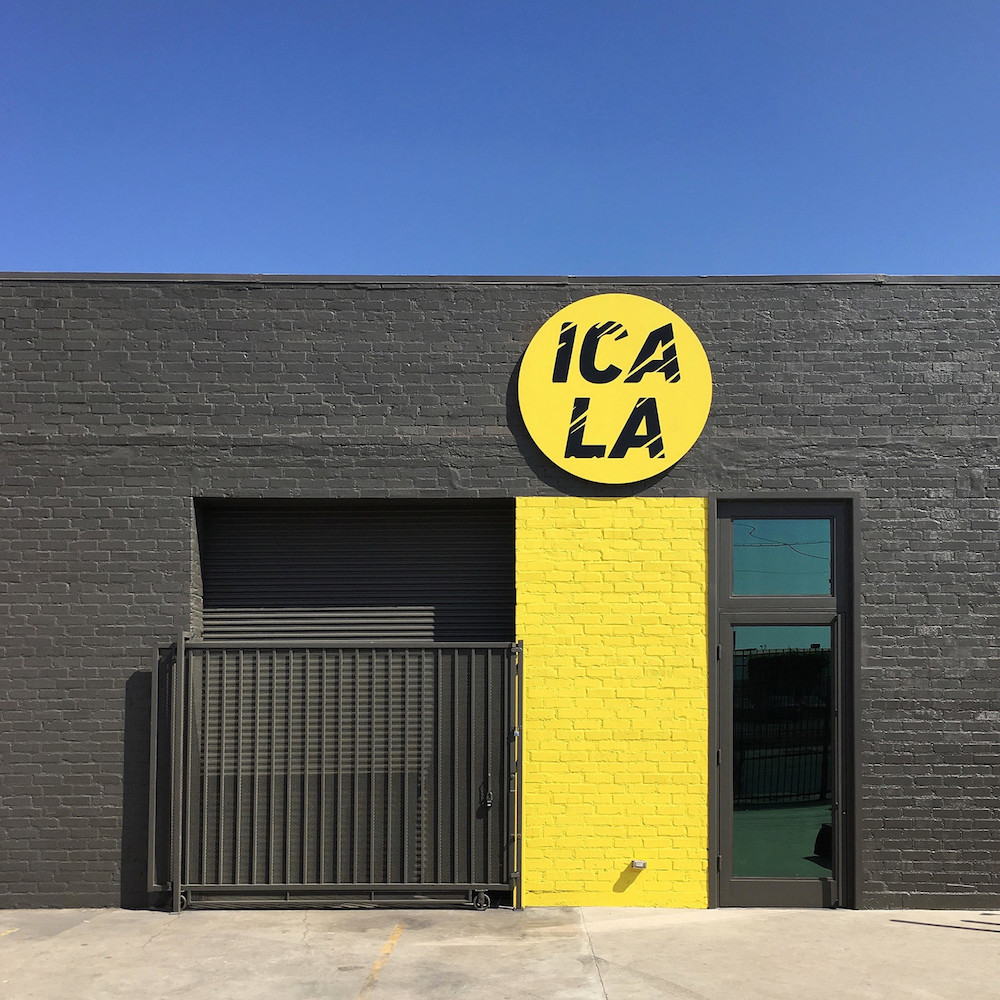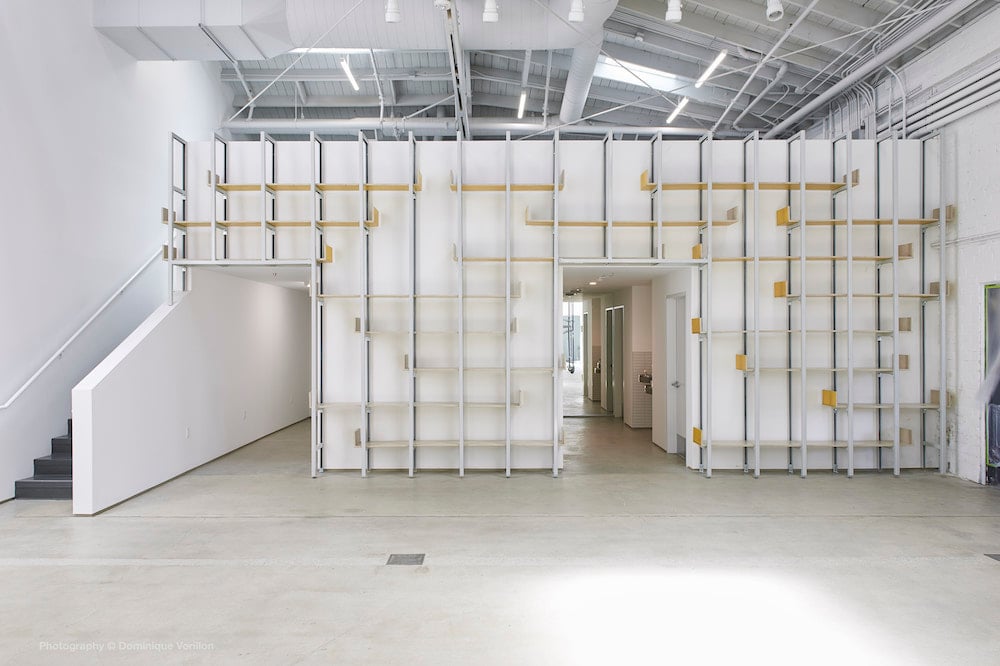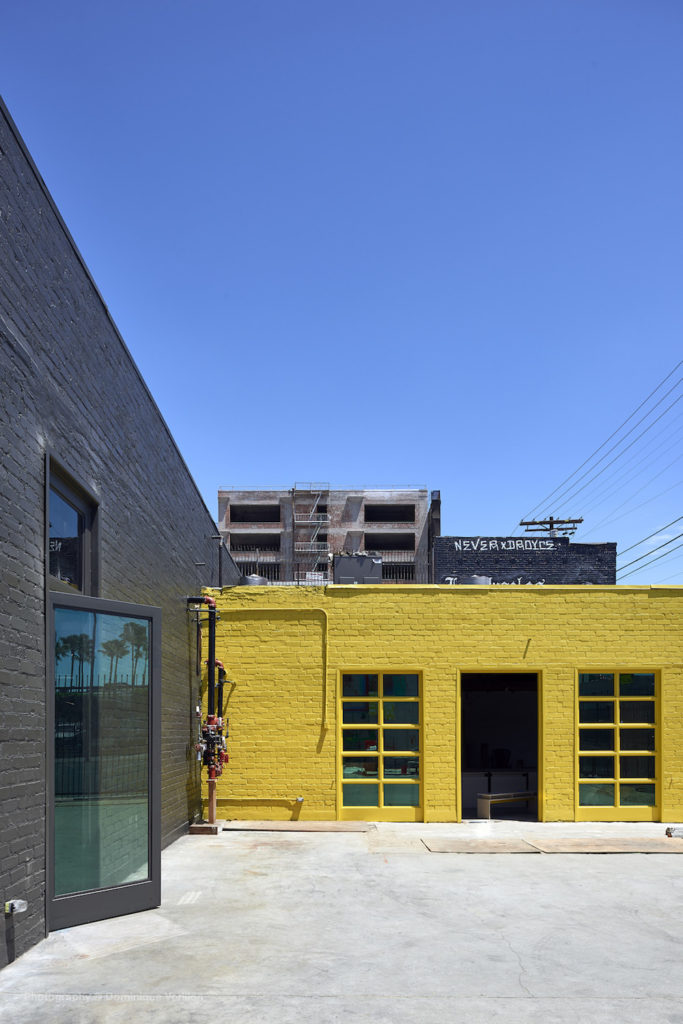Art World
The Institute of Contemporary Art Los Angeles Will Soon Be Powered Entirely by Solar Energy
The museum has launched a Kickstarter campaign to help fund the effort.

The museum has launched a Kickstarter campaign to help fund the effort.

Eileen Kinsella

The Institute of Contemporary Art Los Angeles is making history with its plan to switch entirely to solar power, which would make it one of the first nonprofits in the world to do so.
The ICA, formerly known as the Santa Monica Museum of Art before it relocated to downtown Los Angeles from Bergamot Station in 2017, has partnered with Kickstarter Arts to launch a crowdsourcing campaign that will cover the upfront capital costs. The initiative debuts as art institutions around the world are grappling with how to become more sustainable and fight climate change in an industry that requires constant travel, frequent shipping of heavy objects, and pricey climate control and HVAC systems.
The museum, which recently appointed Hammer curator Anne Ellegood as its new director, aims to raise $25,000 to install 206 solar panels and six inverters across the museum’s 12,000 square feet of rooftop space. This will produce 100,000 kilowatt hours annually, allowing the museum to remove itself completely from the Los Angeles grid.

ICA Los Angeles. Photo by Dominique Vorillon
The total estimated cost of the project is estimated at $156,000, though much of this will be offset by the $30,000 per year that the museum projects it will save in utility costs. It was also able to secure a significant rebate from the Los Angeles Department of Water and Power, the museum’s deputy director, Samuel Vasquez, told artnet News.
“It was a perfect alignment,” he said. “Being socially conscious has been in the DNA of this institution since the beginning. We have always focused programming around environmental and social issues, and with our move to downtown LA, that has been amplified, including discussions about wanting to go green.”

ICA Los Angeles. Photo by Dominique Vorillon
Vasquez said that going solar is just the beginning of the museum’s green initiative. “It’s one big step in an ongoing process. We’re really looking at our operations and other ways to reduce consumption and economize in other areas,” he said. The entire staff is “super excited and re-thinking how we do things.”